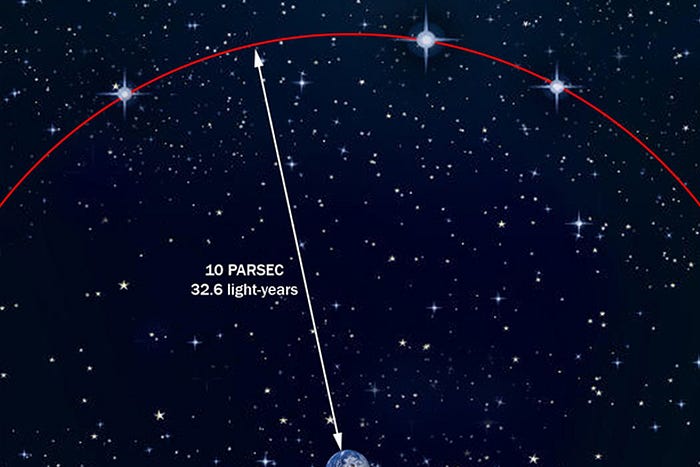WHAT IS ABSOLUTE MAGNITUDE?

Absolute magnitude
The stars you see in the sky have their own glow that is defined through apparent magnitude. However, the scale of apparent magnitude does not provide enough information to be able to at least approximately know the true glow of a star, galaxy, or other object in space. The apparent magnitude is the scale of the luminosity of these objects in the sky, exactly as we see them from Earth. Because the stars are not the same distance, there can be a lot of confusion and errors when watching. An apparent magnitude can give the result that it is a low-light star, but it does not have to be realistically so. Because of the incredibly long distances, many stars or galaxies give off less light even though their radiance is many times greater than the stars close to us. Scientific observations produce results that are quite different from the apparent splendor. By introducing Absolute Magnitude, astronomers have helped to more easily grasp the true radiance of an object in space. The absolute magnitude is the intensity of light that a star or galaxy would have if it were located 10 parsecs or 32.6 light-years from Earth. This is very easy to understand. When a star or galaxy is mentioned to have an absolute magnitude of -7, it means that the object would have a -7 glow if it were at a distance of 32.6 light-years (10 parsecs) from Earth.
The stars are brighter than the sun
Due to the distance, the star can have an apparent magnitude of 3. At an imaginary 10 parsecs
